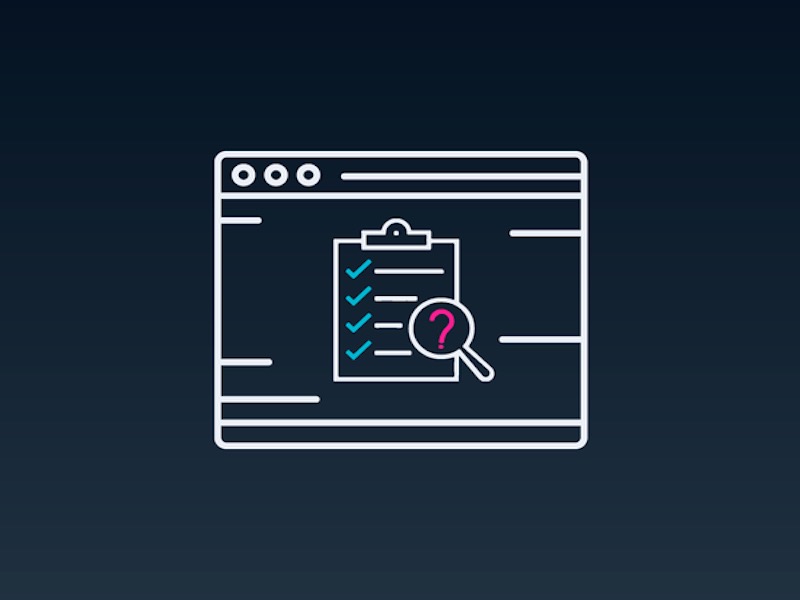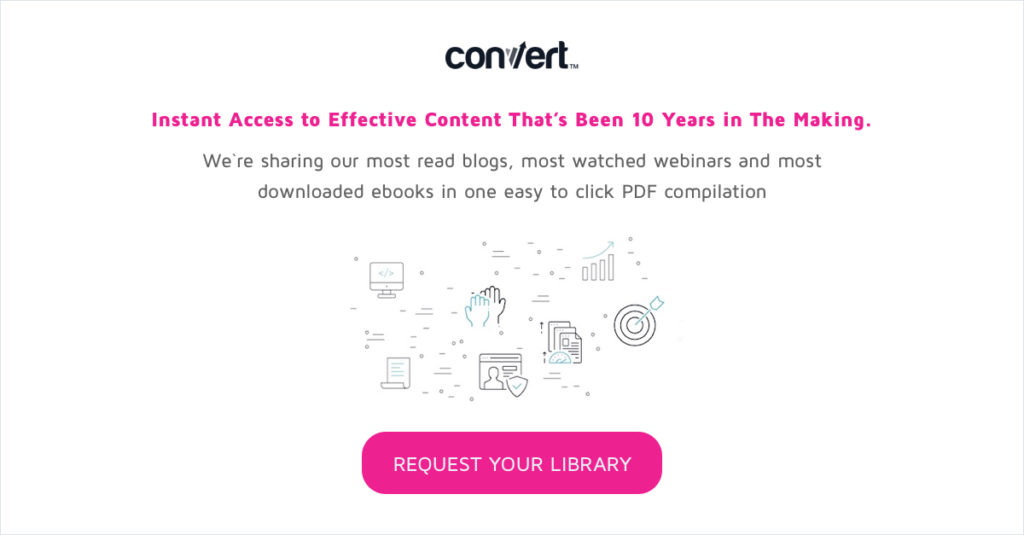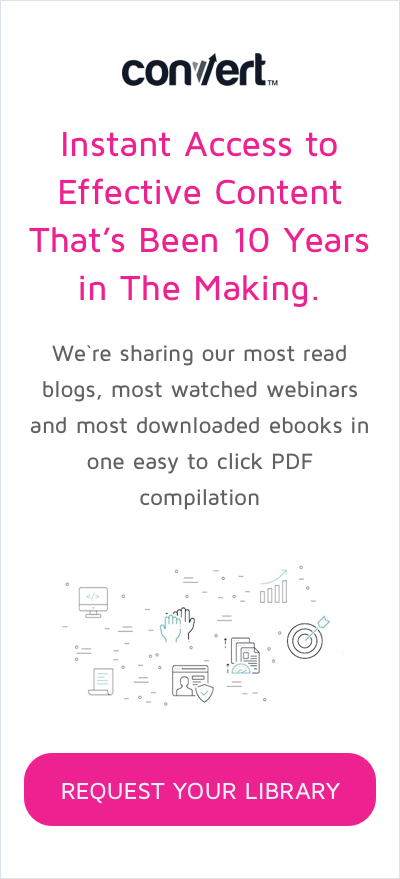5 Steps for Evaluating the Limitations of Your Landing Page

Note: This post is a part of our CRO Month 2019. Share it with the #Optimizein28Days to promote optimization awareness and how CRO can help businesses thrive.
The verdict is still out.
Some businesses have moved to a single page website, primarily so that users can scroll on their mobile devices, rather than click links. This, of course, brings up the question – where is the landing page or pages? Traditional websites have a “home” page, with links to other pages on that site. And many of those pages are also “landing pages,” linked to from external sources. Which of these designs is better is the subject of some debate, but not the subject of this article.
Anywhere a visitor arrives on your site from outside your site must be considered a “landing page.” And that landing page must have some purpose.
So, how do you evaluate if that purpose is being met? Here are five steps for evaluating just that.
1. Define Your Goal
You have one ultimate goal – sales. And each landing page should have a goal that relates to that ultimate one. They are called conversions. And there are all sorts of them, as you move buyers along on their journey. On one landing page, you may want the visitor to provide an email address for further contact. On another, you may want them to access product descriptions and prices. On still another, you may want them to subscribe to your newsletter or blog.
Only you can determine the conversion you want for each of your landing pages. Once you have identified them, and put the content and strategies in place to achieve them, then you need to evaluate the performance of that content in terms of your goals.
This is a matter for research and analytics, in order to get the one metric you want for each landing page. And that metric should be solely focused on the conversion you want for that page. So, let’s look at what those entail.
2. Where to Get the Metrics You Need
Begin with Google Analytics. This is a comprehensive methodology for analyzing almost anything about your website. Beyond that, there are also analytics firms/agencies/tools that will perform deep analyses for you. There are also tools that allow you to access oceans of data and use that data to answer the questions you have about your audiences. The goal is to get real data about how each landing page is performing, and, as well as data about your audiences and their wants and needs.
3. The Basic Metrics You Want to Look At
Visits: Nothing happens unless you get the right amount of traffic to your website. This is where your potential customers come from. Here are the things you want to look for:
- Number of visits in total over a designated period of time
- Number of unique visitors and sessions
- Sources from which those visits come – generic searches, social media platforms, advertising, etc. This will provide you with the information to know what is working and what is not in terms of driving visitors to your landing pages.
Bounce Rate: If you have a high bounce rate, that is, visitors coming to your site and then leaving pretty quickly, you know you have a problem. The issue can be a poor presentation of information, a bad user experience that isn’t appealing, etc.
Time on Page: How long are visitors staying on each of your landing pages? Usually, you may look at this as a positive thing. But, if visitors are spending adequate time and yet not converting, this is not a good thing. You actually want to get conversions relatively quickly, and, if you are not, something is wrong – lack of clarity, lack of engagement, etc.
4. Figuring Out What is Not Right
If you are not meeting the conversion goals you have set, then it’s time for some re-evaluation of those landing pages, to determine what can be done to fix them.
This is not an easy task. And it will take some work to discover exactly what is not working and why. But here’s the good news. Landing pages are easy to remodel once you do identify the things that should be “fixed.” Here are the steps you should take:
- Look at the Big Picture First: If you are not getting the conversions you want, you should first look at the audience you are targeting. And this is where big data will come into play. You may have developed a customer persona, but big data can refine that even further. It can even provide you with past purchasing behaviors, preferred products and pricing, etc. You will also discover where your customer hangs out online, especially on social media. Perhaps you are not targeting the right platforms. Demographic information may allow you to discover that the language, humor, and other messages you are providing are not fully appropriate for the audience that would be most interested in what you offer. Jerome Curtis, Content Marketer for the writing service, Grab My Essay, learned this: “What we discovered was that our landing page content was far too formal for our younger audience. When we loosened up, used some humor, and engaged our potential customers on their level, we realized a solid increase in conversions.”
- Lack of Clear CTA’s
The visitor needs to know exactly what is being asked of him. That CTA should draw the eye to it and should be above the fold. - Too Many Choices/Details
Don’t confuse the visitor with too many choices or too much detail on the same page. Use visuals to replace text whenever possible - Asking for Too Much Information
You may be asking for too much information early on. This will be a “turn-off” to many who may be suspicious and certainly hesitant to provide this much. Ask for only what is necessary to accomplish the conversion you want at that time. Additional information can be gathered later - Too Much/Confusing/Boring Text
While most businesses understand the need to use visuals as much as possible, the text is still required as well. If you are asking the visitor to read a wall of text that is boring and/or confusing, it’s time for an overhaul. You may want to find professional copywriters who can edit your content and make it far more engaging. Check out some editing service reviews and find one with a strong history in developing website content. If you decide to re-write your text on your own, be sure to break it up into small chunks, intersperse visuals, use headings and sub-headings, bullet points, etc. Shorten that text as much as possible. - A page that is Too Busy
Too much on a page will only serve to distract visitors. Keep the content sparse, with lots of white space, so that visitors can clearly focus on the one thing you want them to do.
5. Test, Evaluate, Revise, and Re-Test
The only way to know if your changes are effective is through testing every change that is made, one by one. Sometimes one simple change can make all the difference in conversion numbers, and sometimes, many changes will be necessary. Run the analytics after each change so that you have a record of any improvements that occur, before you make the next change (which of course you will test in the same way). Methodical testing, revising, and re-testing is the only way to get the results you want.
In the End…
The ultimate goal is to achieve purchases. After all, this is why you are in business. To do this, you have to turn your search/visitor traffic into paying customers. If you methodically follow these five steps, you will see an increase in the conversions you want on each of your landing pages.


